
La Chaux-de-Fonds keeps its wealth well hidden, a bit off the beaten track, so finding the charm in its austere grid of streets can be challenging. But once you do, the world of time opens like a bevel-face chronograph. Swiss watchmaking is legendary, and the towns of Le Locle and La Chaux-de-Fonds are the centers of it. Le Locle is much smaller than La Chaux-de-Fonds but quite similar in its structure and buildings. It all started in the middle of the 17th century in Le Locle, and in 1870, around 4,500 people were directly employed in the clock-and-watch industry, almost half of the entire population. The growth of the Jewish community of La Chaux-de-Fonds had its origins in the 1857 abolition of the ban on Jewish settlements.
La Chaux-de-Fonds, which was home to some of the most well-known figures in the watchmaking industry, was the fourth Swiss town in 1900 after Zurich, Basel and Geneva in terms of the number of Jewish inhabitants. Along with the world of sports, they were also quite significant in the fields of the arts and culture.
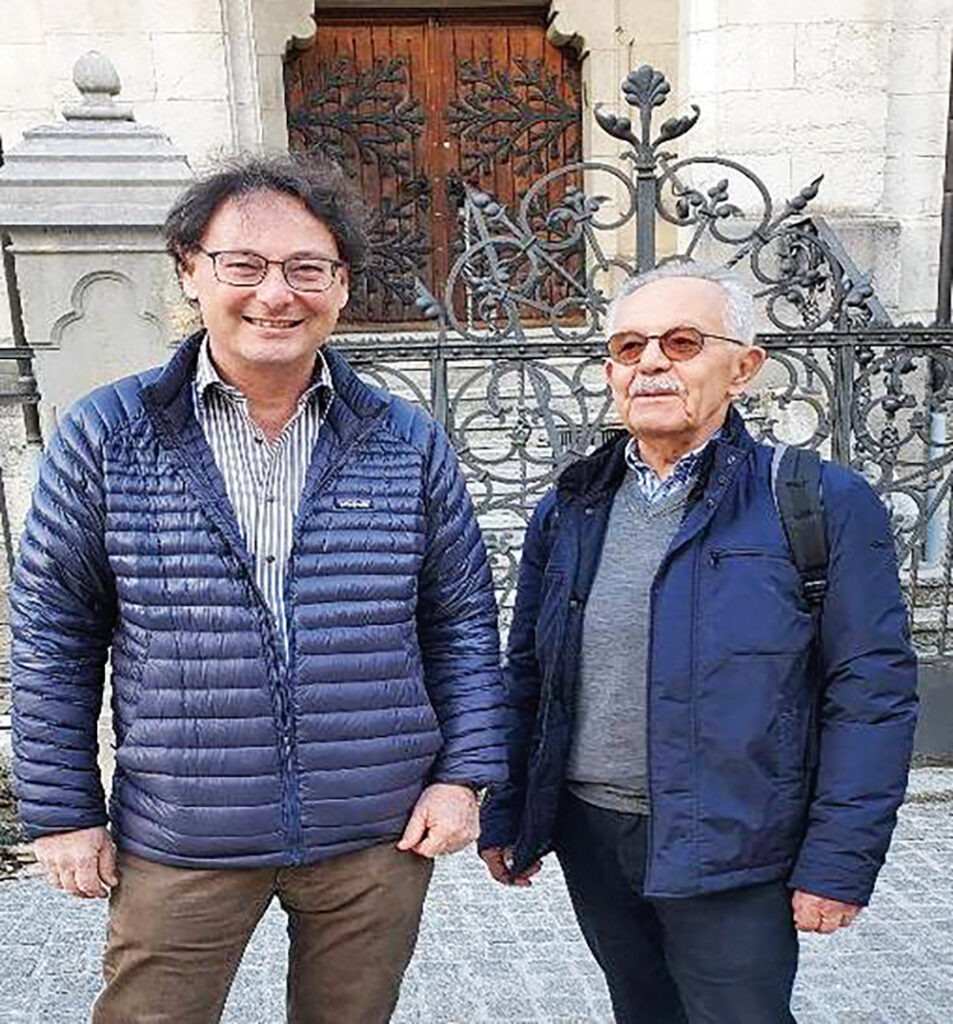
(Credit: New York Jewish Travel Guide)
In the magnificent Jura Mountains of the Neuchatel canton, La Chaux-de-Fonds stands not far from the French border. It is the highest-elevation city in Europe and the fourth-largest French-speaking city in Switzerland. It is located on a plateau that reaches 1,000 meters above sea level and is one of the most outstanding UNESCO World Heritage Sites. La Chaux-de-Fonds has been classified as a watchmaking industry city, which is, in my opinion, a fascinating look to showcase it as the Watchmaking Town and home to luxury watchmakers including Breitling, TAG Heuer, Omega and Girard-Perregaux, in addition to thousands of related businesses.
You will observe that the city is beautifully planned with a block pattern like Manhattan and includes a few charming buildings that are typical of Swiss cities. They are standard four-story apartment buildings, for instance, with windows on the top floors. They brightened the watchmakers’ workplaces, which housed the factory workers in a series of colorful apartment buildings.
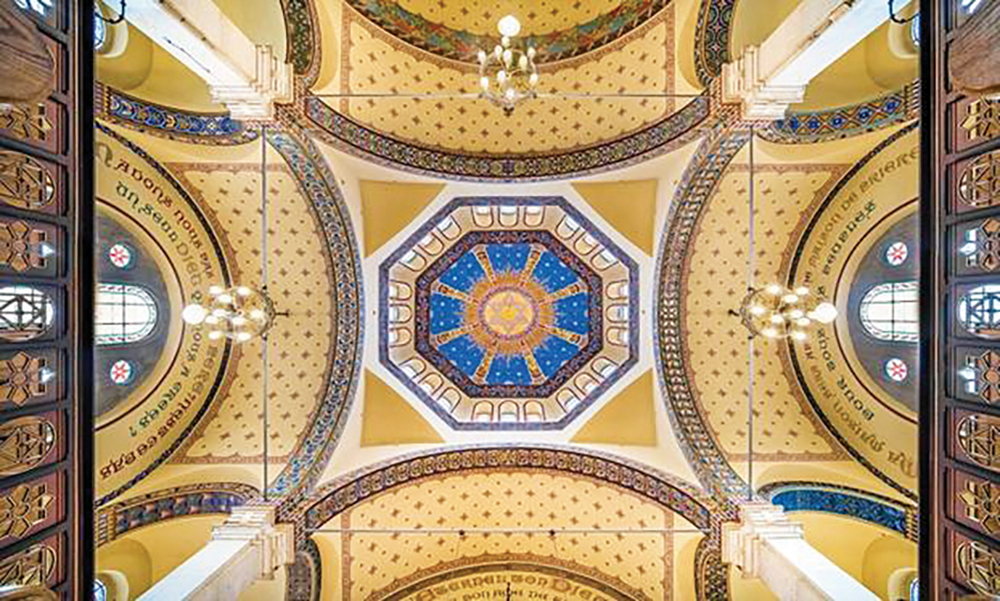
Wolfgang Carrier, occasionally referred to as Wolfie to locals (a nickname he acquired while residing in New York City), was the most knowledgeable tour guide I had the pleasure of meeting. Along with his acquaintance with Jewish history, his passion for watches and connections to the industry make him special. The Jewish Community’s president, Bertrand Leitenberg, offered an enormous variety of knowledge about Jewish history and its community.
“We are a small community with many senior individuals and a few kids between the ages of 6 and 10, mostly from marriages that are of Ashkenazi ancestry,” according to Carrier, who told NYJTG that in all of the Neuchatel district, only 70 Jews are living here, with a low turnover in the renewal of the community.
Jewish families owned businesses in this area, according to Carrier, and they had an opportunity to establish themselves in the watch industry. The reasons for Jewish immigration to this region were interesting to observe. At the time, Jewish families, particularly from Alsace, controlled 60% of the watchmaking industry and had a comparable effect on the growth of the Swiss watchmaking industry to the Huguenots. By 1900, the Jewish community in La Chaux-de-Fonds had about 1,000 members. In 1850, Carrier stated, “the lace industry, not the watchmaking industry, predominated in Le Locle, which had 3,000 residents and 430 watchmakers but 750 lace makers.”
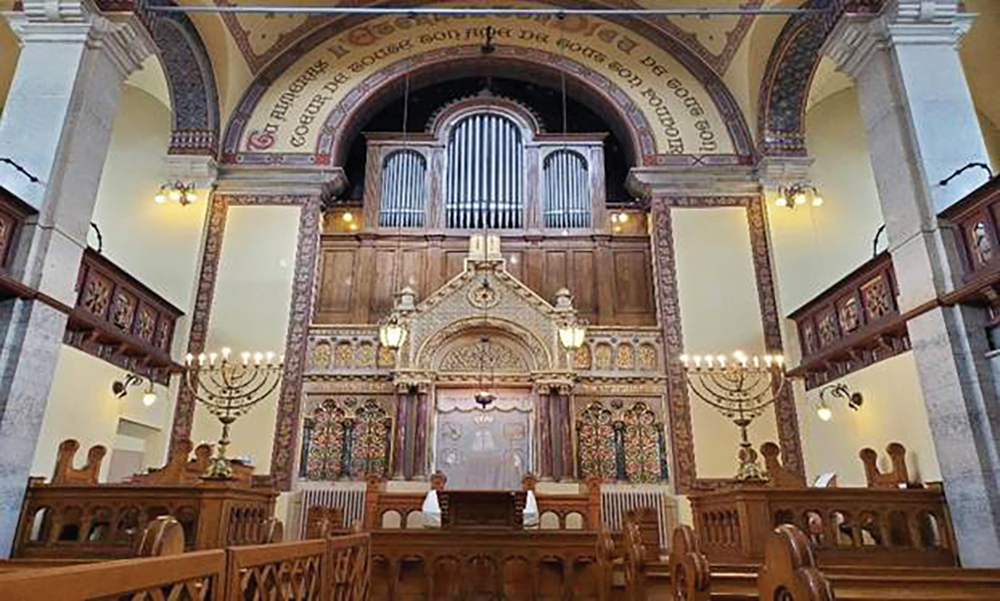
In these two towns, which together have around 50,000 residents, 14,000 people commute daily from a town in nearby France to work in the watch company and other service-related fields since the pay is three times greater here. However, of the 60,000 or so individuals who work in the Swiss watch business generally, around 25,000 reside here, and it is estimated that 6,000 to 7,000 of them are from France.
Leitenberg went on to say about the limited Jewish community in this region, “We have only one synagogue, and Rabbi Michel Margulies from Alsace has been with the community for over 30 years.” Sephardic Jews arrived in the 1970s, and although always welcoming, it is mainly an Ashkenazi community. “Isaac Roush, a rabbi from Morocco, served as one of our rabbis from 1960 to 1973 and had many connections to Jewish activities in Lausanne, Geneva and Bern.” The community offers a sit-down Passover Seder in the synagogue, and everyone is welcome, from the Orthodox to the conservative. The food is entirely kosher, and the Rabbi observes strict halacha. An experienced Israeli chef who was formerly the owner of an Israeli restaurant prepared all the kosher meals served in the synagogue. The meat is all purchased from Lausanne, which is less than an hour away and is under the rabbi’s supervision.
The Chaux-de-Fonds population is gradually declining because of increased taxes, a lengthy winter season, a great deal of snowfall, and a few labor market changes brought on by the introduction of machinery that is gradually replacing the manual labor industry. However, La Chaux de Fonds has seen a rise in tourism, with travelers from Europe as well as the media, and journalists. Visitors come for the watchmaking, the unique art nouveau architecture, and “La Maison Blanche,” which was home to famed architect Le Corbusier (born in La Chaux-de-Fonds in 1887) and attracts many tourists and architects from Japan and the USA. Winter activities such as skiing cross-country and downhill attract a lot of Swiss visitors to this area.
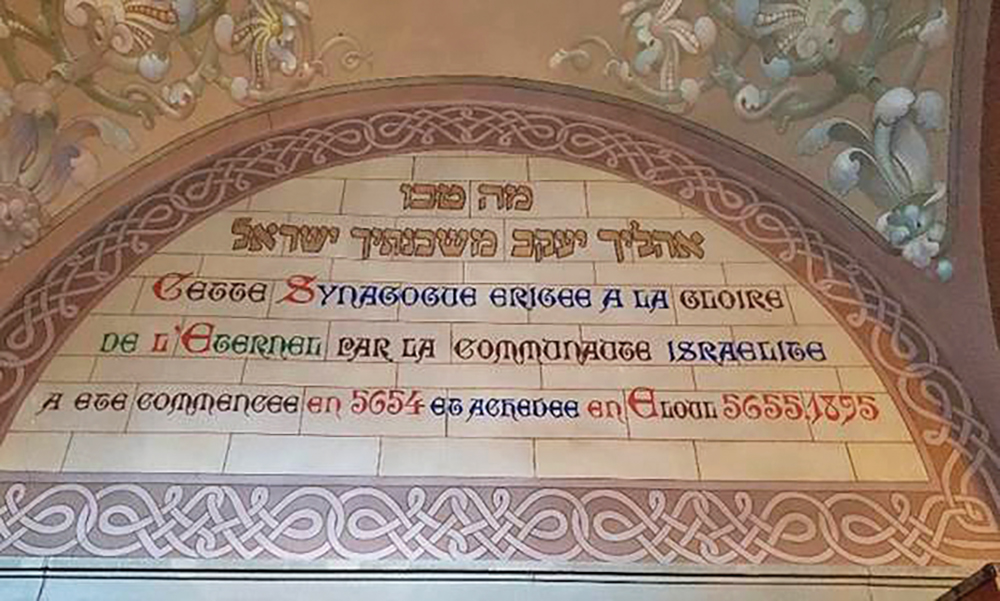
Built 125 years ago, this Neo-Romanesque brick structure is still in use as a religious institution and was the largest synagogue in Switzerland when it was built in 1896. As a major Swiss landmark, it underwent restoration in 1981 and 1982. It was designed by the same Alsatian architect who created the synagogue in Strasbourg, France. The words “Hear, Israel, the Eternal is our God; the Eternal is One” may be seen at the main entrance. The two Tables of the Law are placed at the top of the facade, and the decoration of the arches is painted on a background of gold with the Hebrew inscription “The fear of the Lord is the beginning of expertise.” According to Leitenberg, the street outside the synagogue will be named “Le Parvis du Grand Rabin Wolff” to pay tribute to Rabbi Jules Wolff, who served from 1896 to 1955.
The synagogue is maintained by the community, and government assistance is only provided when a significant renovation, like replacing a roof, is required. Since the synagogue is accessible to non-Jews, visitors frequently visit to take in its beauty, history and significance. Many of the younger generations are unaware that such a synagogue exists in this town.
Today, antisemitism is (almost) nonexistent in La Chaux-de-Fonds. But in the past, a confrontation between Jewish watchmakers and a non-Jew was significant, according to Woolfe. Due to intense competition, the non-Jewish watchmakers occasionally requested that the Jewish watchmakers be expelled.
We arrived at The Israelite Cemetery, a Jewish cemetery that was founded in the commune of Les Eplatures in 1872. The Jewish cemetery at La Chaux-de-Fonds stands out from non-Jewish cemeteries due to its lack of Judaic emblems and secular ornamentation. Even though there are currently very few Jews living in this area and funeral ceremonies are becoming less frequent, the cemetery is still in use.
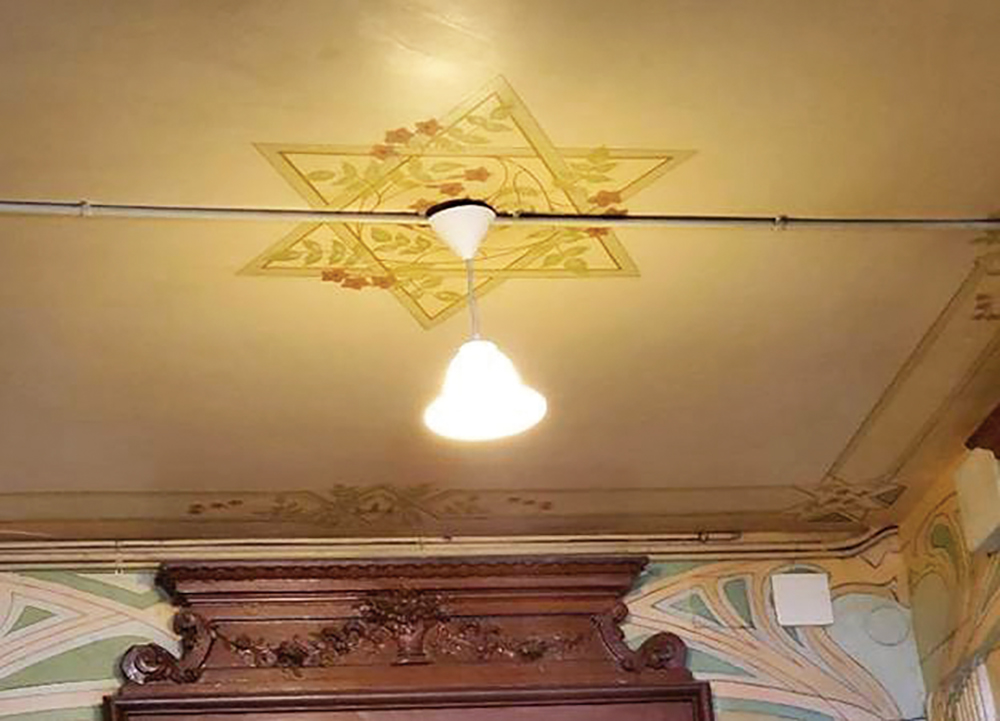
“We can bury a Jewish person in this cemetery,” Leitenberg said. “However, we have established an open space next to the cemetery for those non-Jews who choose to remain next to their family if they are not Jews; for instance, if a woman is Jewish and her husband is not Jewish but an active member of the community, As you can see, the land is clearly divided. Since several individuals have contributed funds, the cemetery is well maintained and kept very clean.”
La Chaux-de-Fonds: What to See
If you are interested in architecture or 19th-century urban design, La Chaux-de-Fonds deserves a place on your Swiss travel itinerary.
Le Corbusier’s La Maison Blanche
In 1902, Charles Edouard Jeanneret—the architect subsequently known as Le Corbusier—started as an engraver at the local art school. After collaborating on houses with the architect René Chapallaz, he opened his firm and built La Maison Blanche, “The White House,” for his parents in 1912. The Association Maison Blanche acquired this house in 2000 and opened it to the public in 2005. Today, it operates as a heritage museum with period furnishings. It is the best place in town for all architecture lovers because it speaks volumes about Le Corbusier’s beginnings and ancient designs. In 1917, he built La Villa Turque (“The Turkish Villa”) for a famous Jewish watchmaker family (the Schwob) before moving to Paris.
Switzerland Tourism chose La Chaux-de-Fonds as one of the eight most important cities on the Art and Architecture Theme Route, thanks to its remarkable architectural heritage.
It exposed magnificent art nouveau decorations—stairwells, stained glass windows, balconies, and jewels in the Sapin style—across the city that were harmoniously blended into the structures. One of the pleasures of the trip was uncovering a Star of David in a mural on a stairwell in an art nouveau home.
Visiting a few days in this city is essential if you want to gain knowledge about its importance to Switzerland’s watchmaking history and explore the many beautiful homes and structures created by renowned architects.
To plan a trip to Switzerland, contact Switzerland Tourism or go to https://www.myswitzerland.com/en-us/.
Visit the Swiss Travel System at https://www.mystsnet.com/en/.
Fly Swiss at https://www.swiss.com/us/en/homepage.
Contact Wolfgang Carrier at carrierwf@bluewin.ch to learn all about the La Chaux-de-Fonds Swiss watchmaking industry.
The author took part in a press trip sponsored by Switzerland Tourism.










